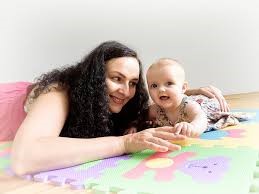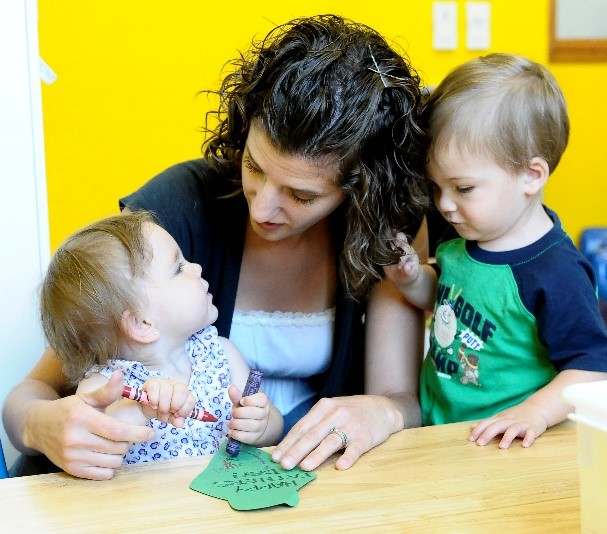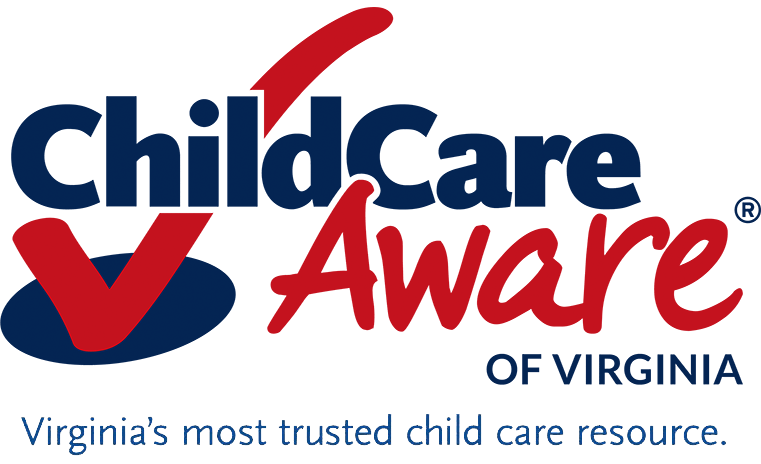 Incorporating play into your family routine is another great way to establish strong family connections. As we learned about in The Power of Play in Brain Development, play helps children develop in several areas, from communication to motor skills to problem solving skills. Family fun is not limited by age; you can play a game of tag with your preschoolers or a board game with your school-agers. When everyone is involved, play brings families together by helping all members feel a sense of belonging and healthy engagement.
Incorporating play into your family routine is another great way to establish strong family connections. As we learned about in The Power of Play in Brain Development, play helps children develop in several areas, from communication to motor skills to problem solving skills. Family fun is not limited by age; you can play a game of tag with your preschoolers or a board game with your school-agers. When everyone is involved, play brings families together by helping all members feel a sense of belonging and healthy engagement.
Playing with Your Baby
 Play can happen at any age, and is important for each stage of development. When you play with your baby, you are letting your baby know that they are fun to be with and that they are important. This builds their self-esteem and helps you develop a positive relationship as they grow.
Play can happen at any age, and is important for each stage of development. When you play with your baby, you are letting your baby know that they are fun to be with and that they are important. This builds their self-esteem and helps you develop a positive relationship as they grow.
0-2 Months: Games that strengthen neck muscles are great for your newborns. You want to involve moving their eyes and eventually their head from side to side while they are laying on their backs. This is known as tracking. Try taking a toy and moving it back and forth above him. Aim for toys that have gentle sounds that will draw your baby’s attention. Remember to respect your baby’s wishes though, so when they turn away or cry, they may be signaling that they need a break.
2-4 Months: This is when babies are beginning to grasp things. Provide them with opportunities to hold, grab, poke, and wave safe objects. When your baby feels like playing, it is a great time to start to gently blow on their bellies, play peek-a-boo, and make happy sounds in hopes of seeing their toothless grins.
 4-6 Months: Try reaching-and-grasping games, where you hold toys just within their reach and encourage them to grab them. Now is the time to introduce toys with different textures, shapes, weights, and functions for them to explore.
4-6 Months: Try reaching-and-grasping games, where you hold toys just within their reach and encourage them to grab them. Now is the time to introduce toys with different textures, shapes, weights, and functions for them to explore.
6-9 Months: You can start introducing toys to bath time. Let your baby fill and dump cups of water and play with toys that float, sink, and squirt. Babies at this age can also start playing back and forth games. Roll a ball at a close distance or even hand toys back and forth. This game can teach them to give and take. The same goes for games like “disappear and reappear.” Have your baby find the missing toy or drop an object and watch them try to find it. You can also play the copycat game, making a sound or hand gesture for them to repeat.
9-12 Months: Present your baby with choices. Hold two items up and allow your baby to choose what they want by reaching for it. If they do not reach but look at one toy more than the other, say, “Do you want this one?” and hand it to them.
Remember, you don’t have to buy expensive toys for your child to play with. A child could get creative with colorful books in the living room and a drawer full of pots or plastic containers in the kitchen. What’s more important is a stimulating home with safe, interesting objects that allow your child the opportunity to explore and play!
Additional Resources:
Check out this toolkit for fun, age appropriate activities for you and your children!

